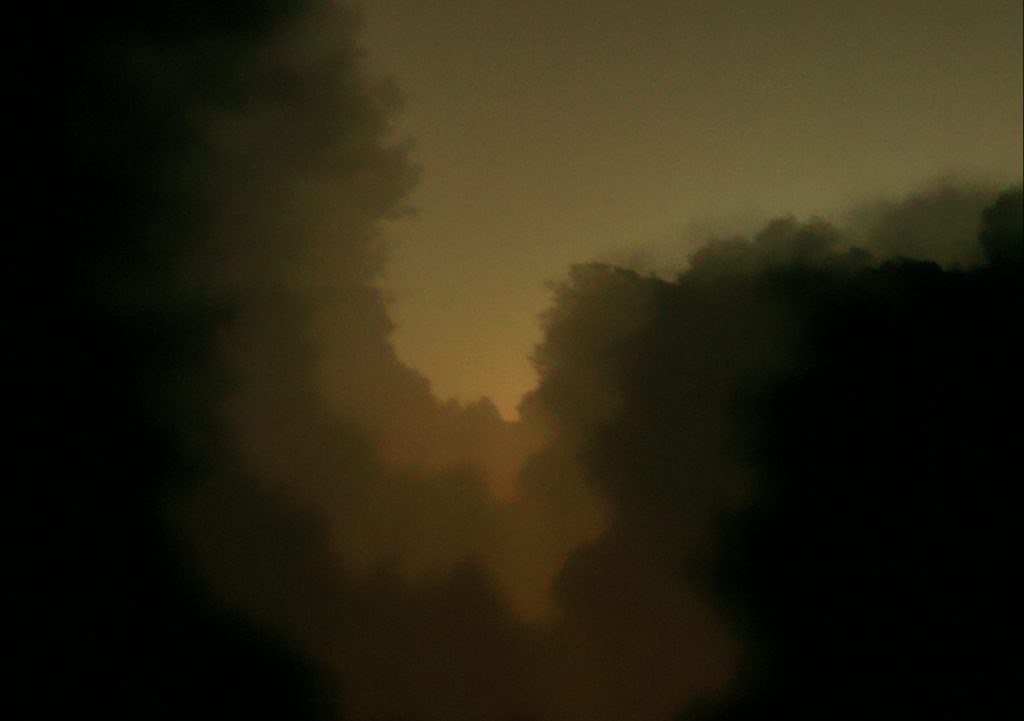Night has many faces. It envelops and cradles, it’s melancholy and romantic, but also frightening, threatening and tenebrous; it’s rueful and dreamy but rife with mystery, it’s a time for sweet sleep or terrifying nightmare. A time of debauchery, of ill will, of secret and forbidden activity, of cover and concealment; but also of recreation and hedonism, passion and pleasure, of letting go and dazed senses. Night is teeming with life: in nature, owls and bats awaken, cactuses bloom, the seas surge and meteors fall; and in civilization, the night people proceed to their night work: clubbers and revelers, barflies and dishwashers, police officers and taxi drivers, prostitutes, night-shift nurses and doctors, reciters of Slihot and street cleaners. In many cases, night is the preferred time of intellectuals and creative artists; it’s a good time for contemplation and reflection, for thought and inspiration, for writing and creating. But for those who are engaged in the visual arts, night also poses a dreadful obstacle, for without light there is no sight.
“And God said: ‘Let there be light.’ And there was light. And God saw the light, that it was good; and God divided the light from the darkness. And God called the light Day, and the darkness he called Night.” To begin with, night is defined negatively, as the opposite of day, and by contradistinction between light and dark. And if the light is “good,” then the darkness is its opposite. So it has always been, since the Bible, since Plato and the allegory of the cave, since the tract on the War of the Sons of Light versus the Sons of Darkness, since research and writing about medieval times as the “Dark Ages.”
Night and its attendant darkness are frequently bound up, metaphorically and in reality, with deterioration, with masking, with deception and with loss. But for the visual artist, it’s a ruinous loss: the deprivation of sight. Visual art is grounded wholly in the sense of sight, and its dependence on a light source is absolute. This exhibition presents a group of works in which night acts as a central theme and image. What connects them is that they do not flinch from the night and from the visual limitation it imposes: on the contrary, the artists are drawn to it, they choose to enter into the night, to abide in it, to adopt and exhaust the potential of the possibilities and contexts it offers, and to emerge from it to present its multifaceted essence.

